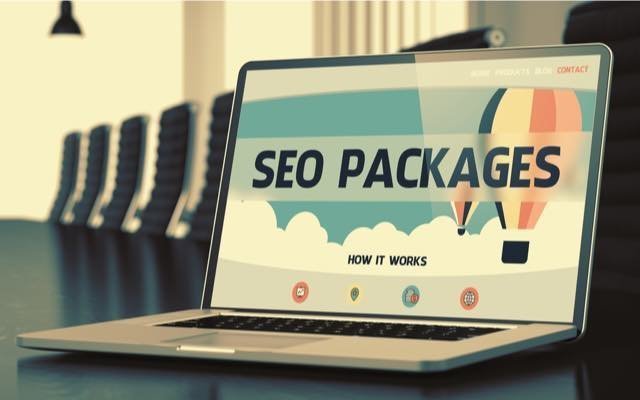8 marketing tips for a successful online store
What is the perfect marketing strategy? Experts do not always agree on this point. Indeed, online marketing undergoes fashion effects like all other branches. Every online store manager must create an identity through marketing if he wants to stand out from the competition. While in some cases the emphasis is on SEM and SEO or social media, others focus more on banner ads and display networks by combining them with email marketing campaigns. Our tips will help you optimize your strategy for your online store.
1. Never without SEO
An online store is visible to people mainly because of search engines. In terms of SEO (acronym for Search Engine Optimization), many factors must be taken into account: the technique, the design of the web site, its content, its profile links but also the optimization of its keywords. SEO devices have a lasting effect on the visibility and traffic of a website, so it is essential for online marketers to adapt to Google’s SEO policies. With over 90 percent market share, Google is the leader in search engines, and not following this policy is a risk for both the ranking and the traffic on your website.
2. Think mobile
Making online purchases via mobile devices has become common in 2018, 78% of people with computers, smartphones and tablets made transactions on their mobiles. In addition, 10% planned in 2019 to use their mobile in-store to orient themselves on the shelves, compare prices, and even consult the opinions of other customers. These figures confirm the trend of online stores to adopt a mobile first logic, that is to say, to adapt their site to mobile users.
3. Know your USP and use it
Competition is fierce in the field of e-commerce. The first step is to achieve a benchmark to know where to position oneself on the market. This is the foundation of any online marketing strategy. Subsequently, this benchmark serves as a pivot to highlight the key selling point of the online store (or Unique Selling Point in English, USP). Indeed, a good Web design and an attractive price are not enough in the field of e-commerce. A good strategy to differentiate yourself from the competition to offer advantageous and simplified shipping services (free and / or particularly fast) and a quality customer service.
4. Bet on word of mouth
After defining your key selling point, it’s important to let your customers know about it. The word of mouth can link your online store with social networks and consumer groups. Your customers will be able to evaluate your products and services and comment on them. A scenario would be to ask your customers’ opinion when they confirm their purchases (for example via a CTA ( Call to Action ) .This is a sign of transparency and it inspires the confidence of your buyers – evaluations are not just tools for customer loyalty but also showcase on the search engines.
5. The optimal content strategy
Relevant and targeted content will always have a positive impact on your relationship with the customer. We are talking here about the customer’s life cycle, to refer to the duration of the contact between a buyer and a company. Specifically, it can be the knowledge of an advertisement to the act of purchase. However, apart from the basic information, one should not neglect the product itself. As for content, they also serve to communicate with the target group. It is through a relevant content strategy that the product can be adapted and meet customer requirements. The company can build a lasting relationship with the customer. From an SEO perspective, good content allows good ranking, broad coverage and better conversion rates.
6. Make customers business leads
Digital marketing is not just about selling products. Often, it is much more relevant to generate business leads. If the customer is present from the beginning of the process and is initially looking for information. Leads refer to people who have not yet made a purchase decision and who are interested in specific products and services. It is usually through subscriptions to newsletters. Then you can reach them with advertising and targeted content.
7. Improve usability
All measures to attract customers are useless if your online store does not present what the user needs. To counter this, it is important to check the usability of the website. The main frustrating factors of customers are often related to too long loading times, pages without prioritization as well as negative reviews. This last point occurs especially when users are on an unwanted page because of misuse of the keywords. On the other hand, a basket of products or payment methods that work poorly can be fatal for online stores.
8. Ensure the conversion rate
After improving the usability of your site, now is the time to go further and incorporate other elements that will facilitate the conversion rate, that is, turning the visitor into a buyer. In addition to customer evaluations, it is important to use quality labels. These are numerous and highlight the quality of products, or even their sources. Another element to consider is HTTPS encryption, easily recognizable thanks to its small padlock visible on the windows of Internet browsers, which guarantees the security of transactions and data of users.
Quality and usability first and foremost
High traffic and high conversion rates are the result of successful marketing work from your online store. The measures to be taken are many. Successful online marketing is linked in part to the user-friendliness of a website. On the other hand, a large budget cannot always be enough and measures taken in terms of SEM, SEO and social networks will have to be thought through and prepared in advance. Indeed, the quality of the content of the website is the first thing to take into account. It is afterwards that the marketing strategy gains in importance.




